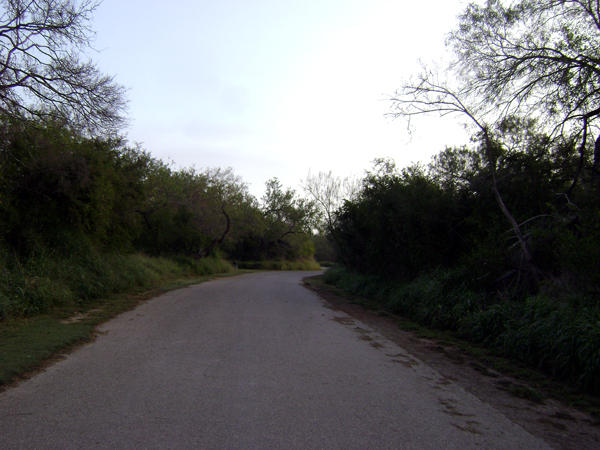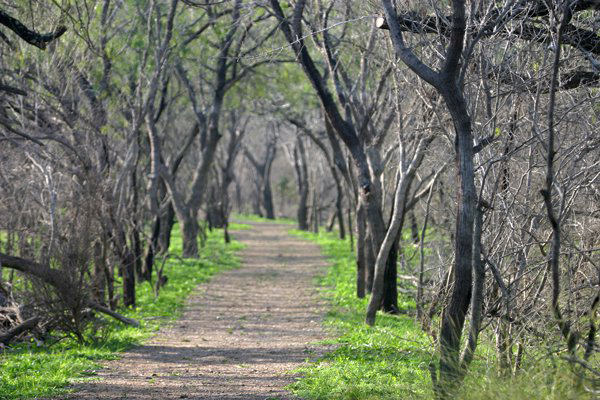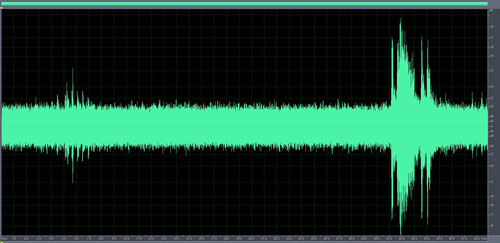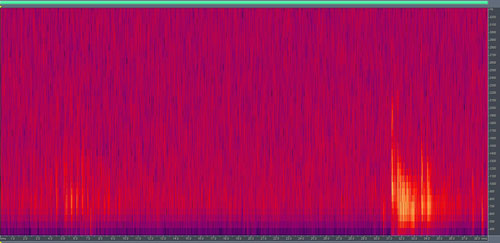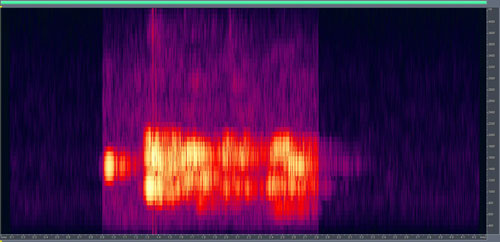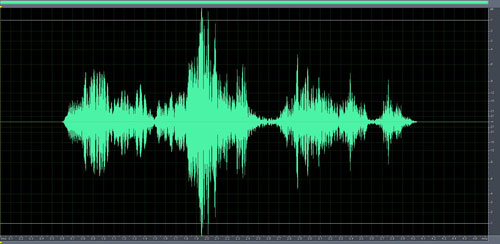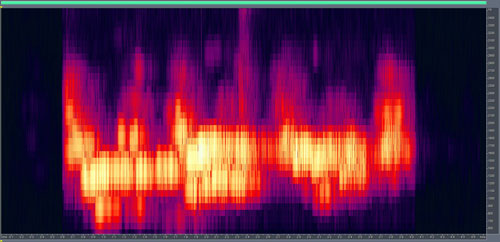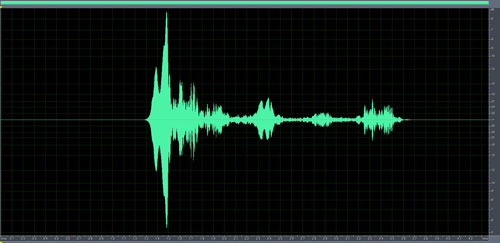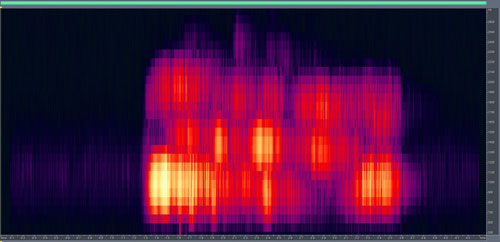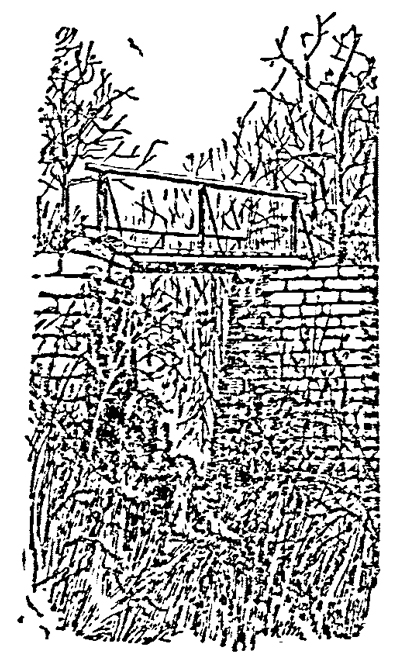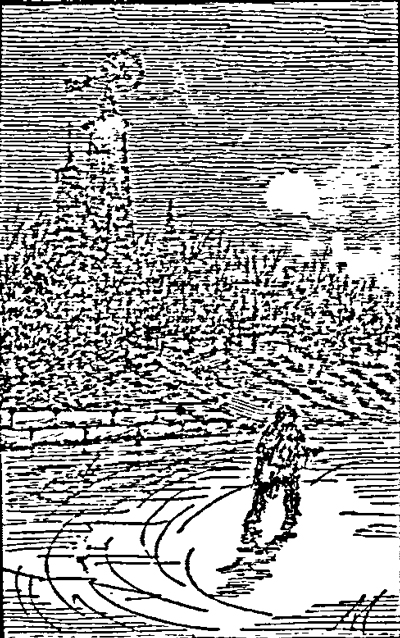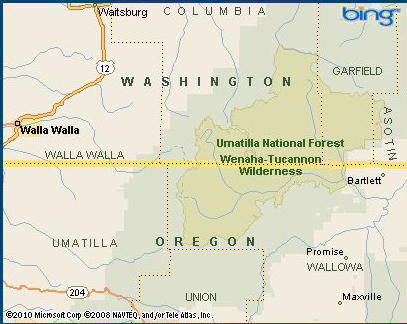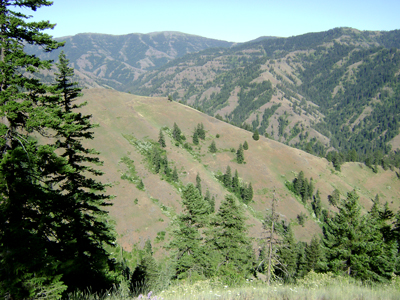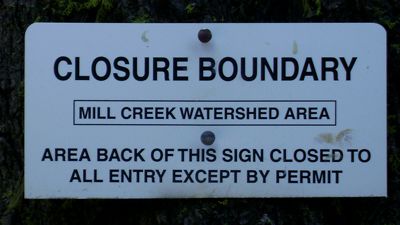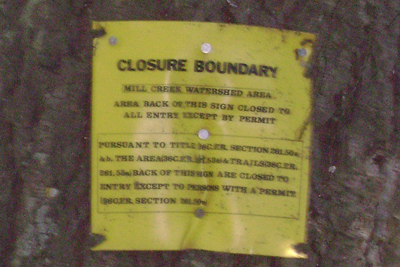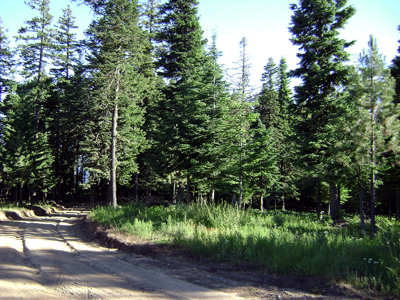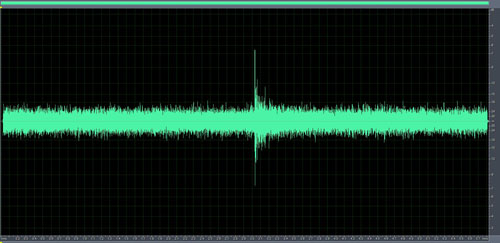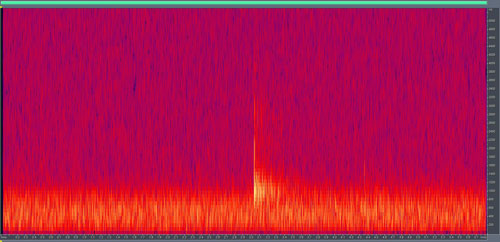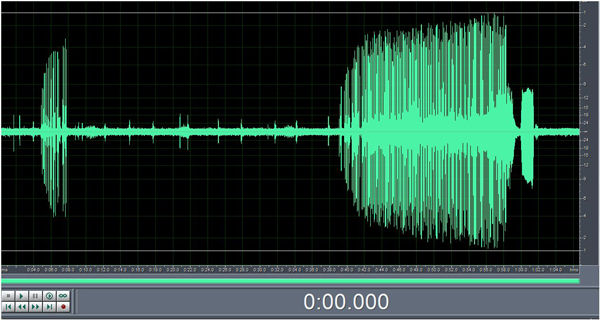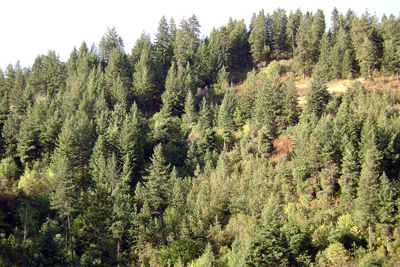Illinois Gets No Respect
The great Rodney Dangerfield made a career out of the phrase “”I get no respect, I tell ya”.
In many ways I feel that the state of Illinois is the “Rodney Dangerfield” of the bigfoot / sasquatch world.
From novices to certain college professors there has always been a bias that if they even accept the existence of  sasquatch that it only lives in the vast forests of the Pacific Northwest and most certainly not Illinois.  In fact, when I first started researching in Central Illinois I received an email from a famous researcher in Michigan who’s advice was “Stan, you need to be quiet about bigfoot activity in Illinois, everyone knows that Illinois has only cows, and you will hurt your reputation.”
But what about the history of sightings in Illinois. The first known newspaper article concerning sasquatch in Illinois was dated 1883 concerning a “monster in St.Clair County, Illinois.” Since that time there have been close to a hundred articles about Illinois sightings. Certain names for the “Monsters of Illinois” have become famous such as Bachelors Grove Monster, Cohomo (Cole Hollow Monster), Dutch Henry Monster, Du Pont Monster, Enfield (Wabash Monster), Farmer City (Salt Creek) Monster, Kickapoo Monster, Murphysboro Big Muddy Monster, Piasa Monster (Piasa Bird), Sangamon River Bottoms Monster, Tuttle Bottoms Monster and Weed Monster. Even the New York Times carried an article about the Big Muddy Monster.
But perhaps all these monster names never translated into the term bigfoot or sasquatch.
If one looks at the various groups that post sightings for Illinois the number is close to 200 reports. The BFRO (Bigfoot Field Researchers Organization) lists over 160 sightings and Illinois is ranked 7th in the nation, and only 3rd place for states east of the Mississippi.
So then, Illinois does have the reports, but what about the land? Is it not known that Illinois, if not being mostly urban sprawl, is a land of corn and soybeans. Â On first glance that may appear true. To the casual traveler on one of the states interstate highways massive agricultural landscapes appear to predominate.
If one looks past first impressions and looks at the statistics things appear somewhat different.
According to the Illinois Department of Natural Resources Illinois has  4.9 million acres of forest. Although these forests tend to be of smaller acreage and not like vast areas in the West they do harbor a massive amount of game. Illinois has an estimated 800,000 white-tail deer,Â
Illinois also has 87,990 miles of rivers and streams.
So it would appear that Illinois, although not a wilderness does have a very large network of forested rivers and streams. Even Cook County, Illinois (the third most populated county in the U.S.) has 67,880 acres in the Forest Preserve District of Cook County. And unlike in many states, sightings in Illinois are not concentrated in any one section but stretch from Jo Daviess County in the extreme northern part of the state to Alexander County, the southernmost county.

Presently are there are reports from over 70 of the 102 counties of the state
One of the most interesting witnesses I ever spoke with had a sighting in Kankakee County, Illinois just 50 miles south of Chicago. You can read his report here. When we talked on the phone he said that he could give me a dozen reasons that bigfoot could not exist in Illinois but there was one problem, and that was that he had seen one. No amount of arguments or rationale could move him past what he had seen with his own eyes and he knew was true.



